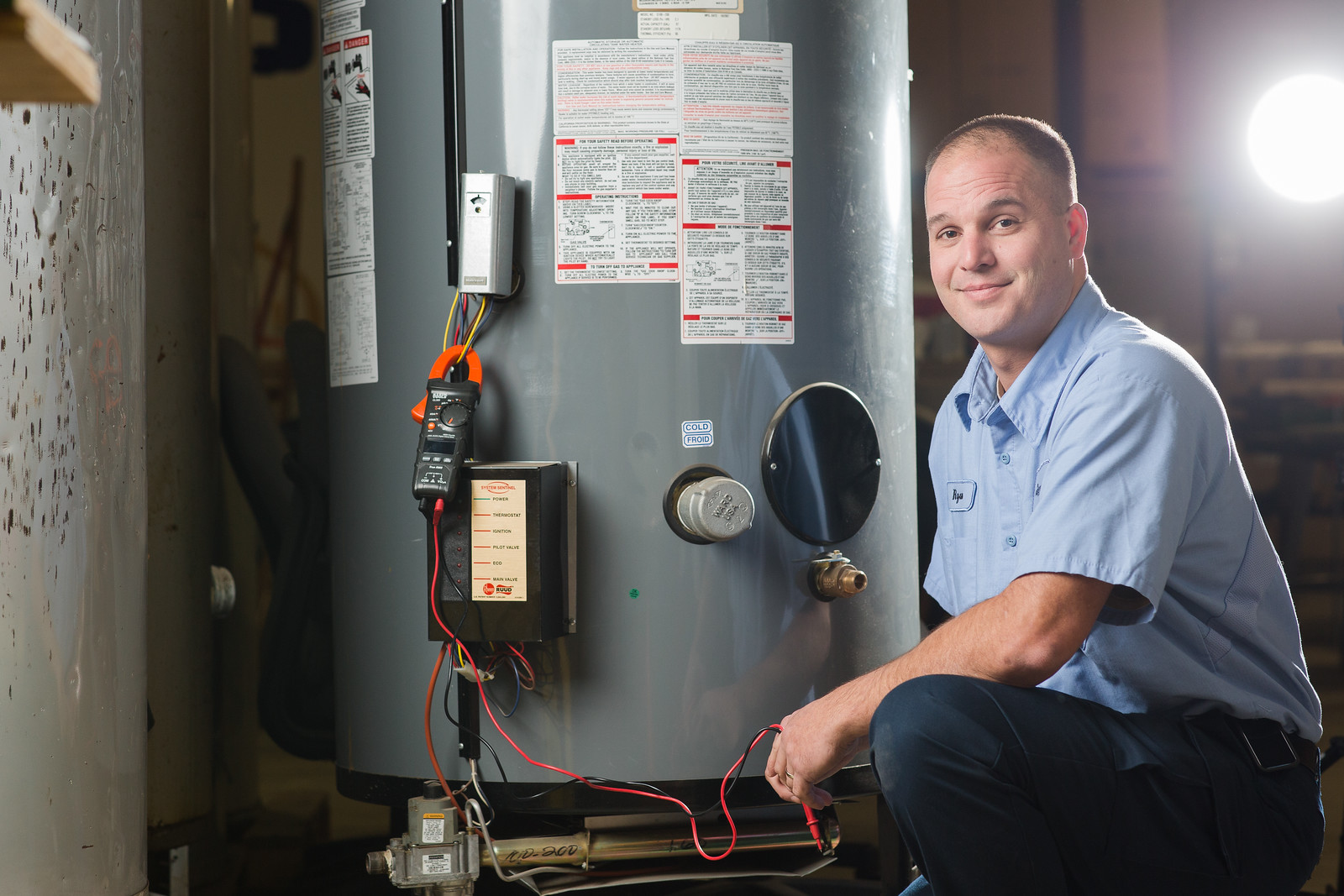Essential Maintenance Techniques for Your Home's Hot Water System
Essential Maintenance Techniques for Your Home's Hot Water System
Blog Article
What're your beliefs on How to Maintain a Hot Water Heater in a Few Simple Steps?

Hot water is crucial for daily comfort, whether it's for a rejuvenating shower or cleaning dishes. To ensure your warm water system runs effectively and lasts much longer, normal maintenance is key. This short article supplies functional pointers and insights on just how to maintain your home's hot water system to stay clear of disturbances and pricey repairs.
Introduction
Maintaining your home's hot water system may appear daunting, but with a few easy steps, you can ensure it operates smoothly for many years ahead. This overview covers everything from understanding your hot water system to DIY maintenance suggestions and knowing when to hire expert help.
Significance of Preserving Your Hot Water System
Routine upkeep not only extends the lifespan of your hot water system but also ensures it operates efficiently. Neglecting upkeep can lead to decreased performance, higher energy bills, and even premature failing of the system.
Indications Your Hot Water System Requirements Maintenance
Knowing when your hot water system needs attention can prevent major issues. Look out for indicators such as irregular water temperature level, odd noises from the heater, or corroded water.
Recognizing Your Hot Water System
Before diving right into upkeep jobs, it's practical to comprehend the fundamental elements of your hot water system. Generally, this includes the hot water heater itself, pipelines, anode poles, and temperature controls.
Monthly Upkeep Tasks
Routine regular monthly checks can assist catch small concerns prior to they intensify.
Purging the Water Heater
Flushing your hot water heater gets rid of debris buildup, improving performance and extending its life.
Monitoring and Changing Anode Rods
Anode rods protect against rust inside the tank. Checking and replacing them when broken is essential.
Evaluating and Changing Temperature Level Settings
Readjusting the temperature setups guarantees optimal performance and safety and security.
DIY Tips for Upkeep
You can perform a number of upkeep tasks on your own to keep your warm water system in top problem.
Looking for Leaks
Consistently inspect pipelines and links for leaks, as these can bring about water damage and greater costs.
Evaluating Stress Relief Valves
Evaluating the stress relief valve ensures it works appropriately and avoids too much stress buildup.
Protecting Pipelines
Insulating hot water pipelines lowers heat loss and can conserve energy.
When to Call a Specialist
While DIY maintenance is helpful, some issues require expert expertise.
Complicated Problems Needing Specialist Aid
Examples include significant leaks, electric issues, or if your water heater is regularly underperforming.
Routine Specialist Upkeep Advantages
Professional upkeep can include thorough examinations, tune-ups, and guaranteeing conformity with safety standards.
Final thought
Normal upkeep of your home's warm water system is crucial for effectiveness, long life, and price savings. By complying with these pointers and knowing when to seek expert aid, you can ensure a dependable supply of warm water without unexpected disturbances.
How to Maintain an Instant Hot Water Heater
Before tinkering with your hot water heater, make sure that it’s not powered on. You also have to turn off the main circuit breaker and shut off the main gas line to prevent accidents. Also turn off the water valves connected to your unit to prevent water from flowing into and out of the appliance. 2. When you’re done, you have to detach the purge valves’ caps. These look like the letter “T†and are situated on either side of the water valves. Doing so will release any pressure that has accumulated inside the valves while at the same time avoid hot water from shooting out and burning your skin. 3. When the purge valves’ caps are removed, you have to connect your hosing lines to the valves. Your unit should have come with three hoses but if it didn’t, you can purchase these things from any hardware or home repair shops. You can also get them from retail stores that sell water heating systems. Read the user’s manual and follow it to complete this task properly. When the hosing lines are connected, open the purge port’s valves. 4. You should never use harsh chemical cleaners or solutions when cleaning your unit. Make use of white vinegar instead. It should be undiluted and you’ll probably use about 2 gallons. 5. Now flush your water heater. This task should probably take about 40 minutes. We can’t give you specific directions for this because the procedure is carried out depending on the type, model and brand of your heater. With that being said, refer to the user’s manual. 6. When you’re done draining the unit, you have to turn off the purge port valves again. Remove the hosing lines that you earlier installed on each of the water valves. Put the valve caps (purge port) back in their respective places and be very careful so as not to damage the rubber discs that are found inside these caps. 7. Now that everything’s back in place, check your user’s manual again to find out how to reactivate your water heating system. 8. Once it is working, turn one of your hot water faucets on just to let air pass through the heater’s water supply pipes. Leave the tap on until water flows smoothly out of it. https://www.orrplumbing.com/blog/2014/september/how-to-maintain-an-instant-hot-water-heater/
:max_bytes(150000):strip_icc()/tankless-hot-water-system-in-the-basement-of-a-green-technology-home-529577258-77afda16fd494c6899a78000888c3204.jpg)
I was brought to that write-up about How to Maintain Your Water Heater & Prolong its Life from a pal on a different website. Liked our content? Please quickly share it. Help other people find it. Thanks a lot for taking the time to read it.
Call Today Report this page